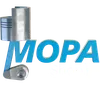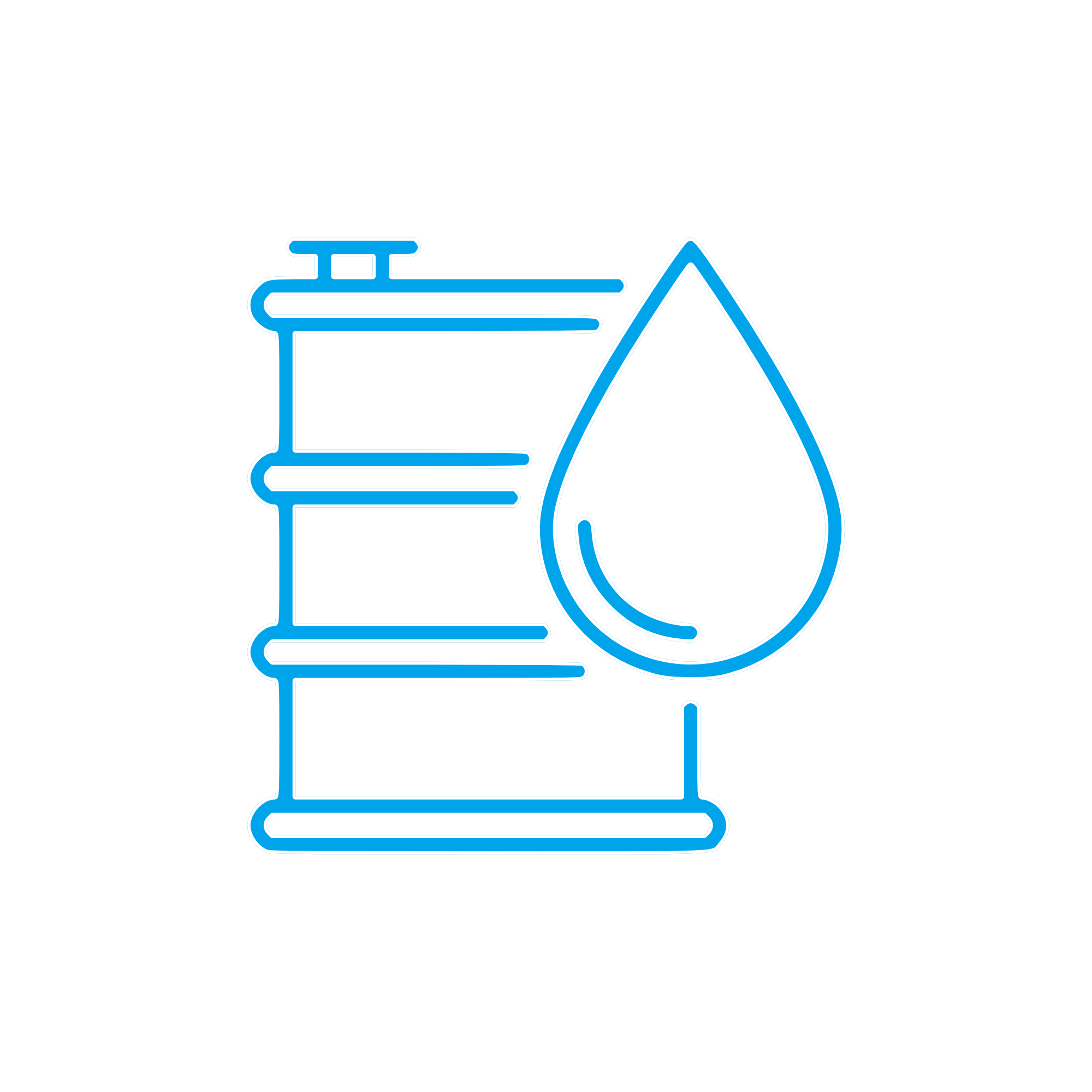BRAKE FLUID in Liquids, Chemicals and Adhesives for Engines
Liquids, chemicals and adhesives form a critical category of consumables and service materials that protect, seal and enable modern engines to deliver dependable output. From high-performance lubricants and advanced coolants to cleaners, corrosion inhibitors, threadlockers and sealants, these products keep diesel and gas engines stable, efficient and safe through thousands of operating hours. Within this category, BRAKE FLUID for marine engine applications and diesel engine-driven equipment stands out as a safety-critical hydraulic medium that supports precise actuation and control in braking and auxiliary systems.
For shipowners, fleet managers and technical purchasers, specifying the correct blends and compatible components around these materials is not just a matter of maintenance—it's a direct lever on uptime, fuel efficiency, component longevity and compliance. The right liquid or adhesive, matched to the correct elastomers, surface finishes and pressures, prevents micro-failures that translate into major unplanned stops.
BRAKE FLUID and the technical role of liquids, chemicals and adhesives in a diesel engine environment
In the engine room, liquids carry heat, transmit force and maintain surface integrity. Engine oil lubricates and disperses contaminants; coolants move thermal energy and protect against cavitation; cleaners remove varnish and sludge to restore flow; adhesives and sealants create robust joints that resist vibration, temperature cycling and chemical exposure. BRAKE FLUID, while not an internal engine lubricant, plays a vital role in diesel engine-powered equipment where hydraulic braking or precise actuation is required—think shaft brakes on test benches, auxiliary machinery drives, or engine-coupled equipment on marine vessels. In these systems, BRAKE FLUID for a marine engine context must sustain high boiling points, resist moisture absorption and remain chemically compatible with seals and hoses.
Bearing loads rise with output, so lubricants require a stable viscosity index and anti-wear chemistry (e.g., ZDDP) to prevent metal-to-metal contact. Coolants must balance corrosion inhibition with heat transfer: additives buffer pH, protect liners from electrochemical attack and mitigate cylinder-liner cavitation typical in high-compression diesel engines. Adhesives—such as anaerobic flange sealants, threadlockers and RTV silicones—maintain gasket integrity and fastener preloads, keeping compression, oil and coolant where they belong even under shock loads and thermal gradients.
In hydraulic circuits, BRAKE FLUID diesel engine applications demand minimal compressibility and consistent viscosity across a wide temperature range for predictable pedal or control feel. In marine environments, where humidity is high, the hygroscopic behavior of common glycol-based fluids must be managed to prevent a drop in wet boiling point and corrosion of calipers, valves and master cylinders. Correct selection and regular fluid condition checks are therefore non-negotiable for safety and repeatable stopping performance.
- · Stabilizes temperature, reduces wear and prevents varnish.
- · Ensures leak-free sealing under vibration and thermal cycling.
- · Transmits hydraulic force reliably in BRAKE FLUID marine engine systems.
- · Protects metals and elastomers from corrosion and chemical attack.
- · Sustains performance across extended service intervals.
- · Supports efficiency by keeping tolerances, flows and pressures in spec.
Importance for engine operation and lifecycle
The reliability of engines depends on the chemistry surrounding them. Degraded oil accelerates bearing and cam wear, increasing blow-by and fuel consumption. Exhaust-side deposits raise backpressure and EGTs, stressing turbochargers. Spent coolant loses inhibitors, allowing rust, scale and liner pitting—leading to overheating and head-gasket failures. Compromised adhesives cause micro-leaks that grow into pressure losses or contamination pathways.
BRAKE FLUID issues are equally consequential. Water uptake reduces the fluid’s boiling point; under sustained braking or high ambient temperatures this can cause vapor lock, spongy response or complete loss of braking force. Contaminants attack EPDM seals and cup materials, causing internal leaks, sticking valves and uneven actuation. On vessels and power plants where diesel engine-driven systems handle significant inertia, such failures introduce operational and safety risks and can halt critical operations. Proactive testing (e.g., water content and copper strip corrosion indicators), interval-based replacement and compatibility checks are essential elements of an effective maintenance plan.
Advantages of OEM spare parts suitable for liquids, chemicals and adhesives
To get the most from your fluids, chemicals and adhesives, the surrounding components must be engineered for them. OEM spare parts suitable for this category—such as master cylinders, proportioning valves, hoses, seals, reservoirs, dosing pumps, coolant pumps, filters and application hardware—are designed with materials and surface finishes that match the intended chemistries, including BRAKE FLUID OEM parts interfaces.
That engineering alignment brings tangible benefits:
- · Predictable performance: matched tolerances and flow characteristics.
- · Chemical compatibility: elastomers and coatings resistant to glycol, oil, coolant and solvents.
- · Longer service life: reduced swelling, embrittlement and wear in contact components.
- · Stable budgets: fewer repeat interventions, less fluid loss and lower downtime.
- · Safety margins: consistent braking feel and sealing integrity under peak loads.
- · Traceable specs: clear alignment to engine builder requirements and test standards.
In practice, that means BRAKE FLUID diesel engine circuits maintain line pressure across temperature swings; coolant pumps resist cavitation with the specified inhibitor package; sealants pair with the correct flange roughness; and threadlockers achieve the intended clamp load without damaging threads—all because the parts and the chemistry were designed to work together.
MOPA as a partner for OEM parts for liquids, chemicals and adhesives
MOPA supports purchasers and shipowners with fast, secure sourcing of OEM parts that interface with liquids, chemicals and adhesives across diesel and gas engines. Our team cross-references part numbers, validates material compatibility with your specified chemistries (including BRAKE FLUID for marine engine and industrial applications), and coordinates delivery to minimize downtime. We prioritize quality and supply-chain security, ensuring you receive the right specification—seals that endure glycol-based fluids, hoses with low permeation rates, and pumps calibrated for the viscosity and additive packages in your system.
Whether you operate coastal vessels, offshore platforms or power-generation sites, MOPA aligns procurement speed with technical depth, so maintenance teams can execute with confidence and keep equipment running to plan.
Conclusion: BRAKE FLUID and the value of optimized liquids, chemicals and adhesives
Liquids, chemicals and adhesives are foundational to engine reliability, and BRAKE FLUID is central wherever hydraulic braking and precision actuation matter around marine and diesel engine assets. Selecting the right products—and pairing them with OEM spare parts suitable for these materials—delivers consistent performance, longer service life and controlled maintenance costs.
With a partner like MOPA, you can source OEM components that protect your chosen chemistries, streamline turnaround and enhance operational safety across your fleet or plant.

